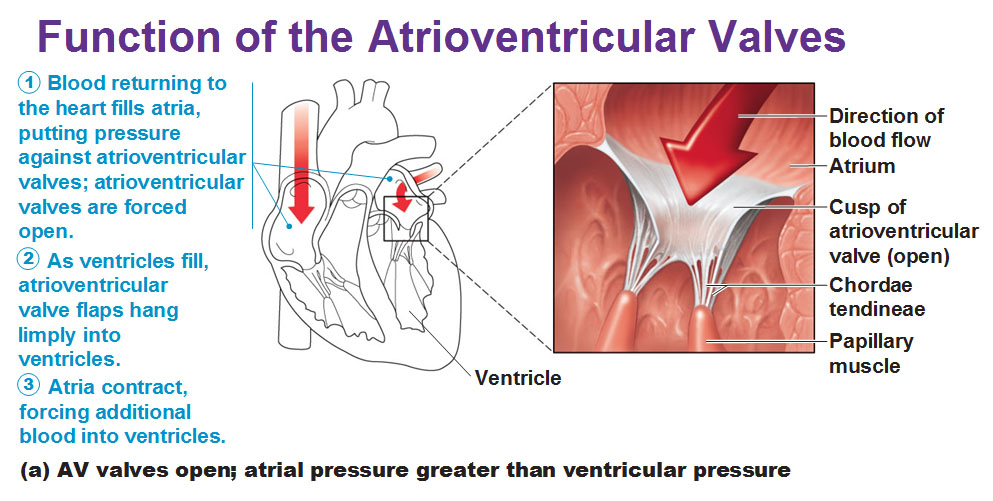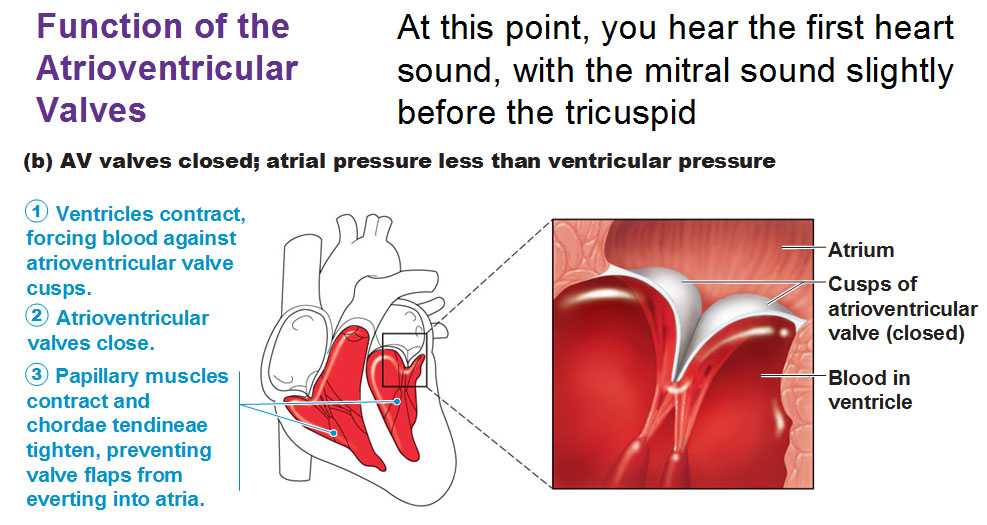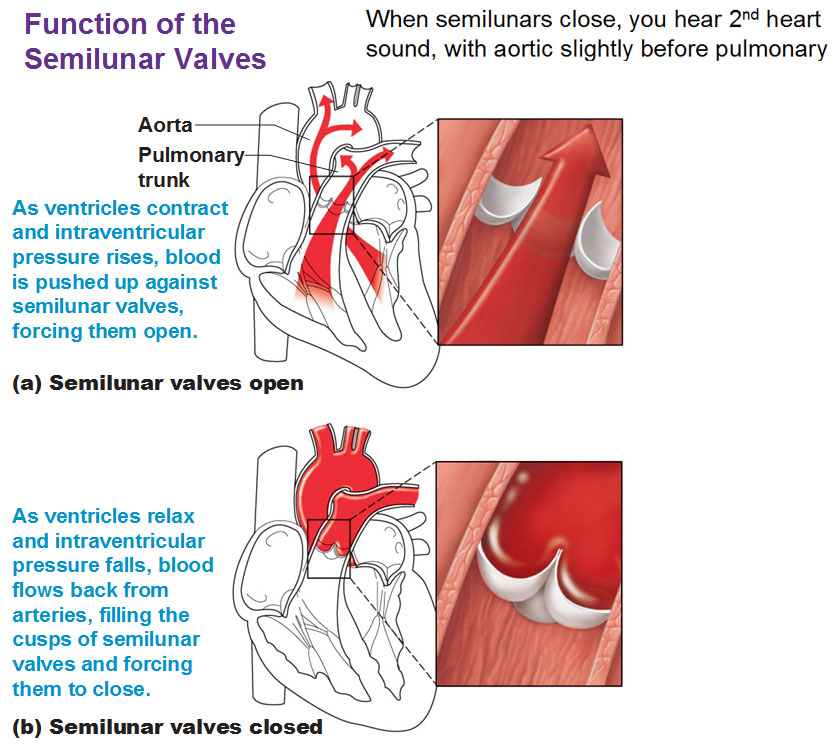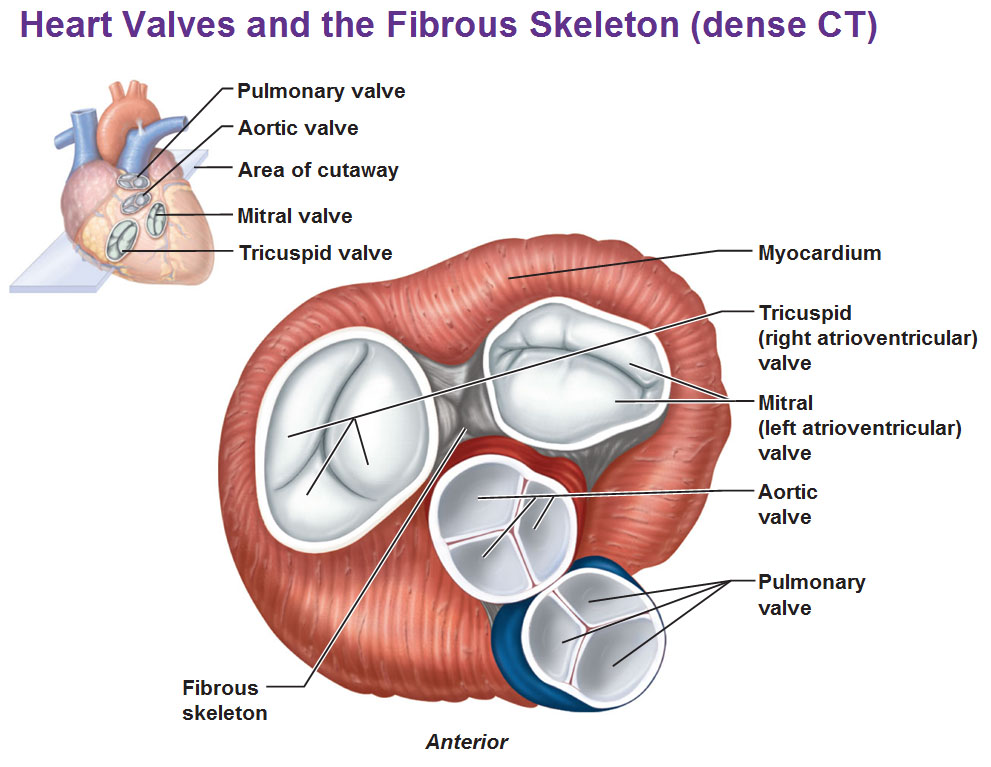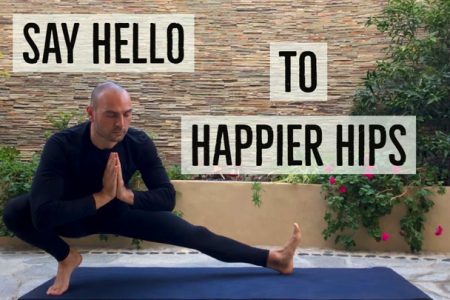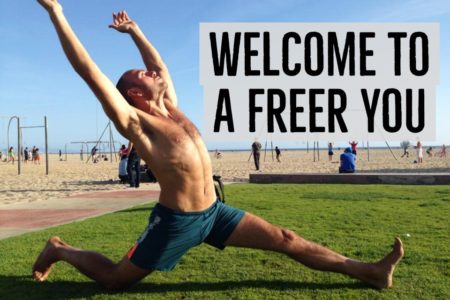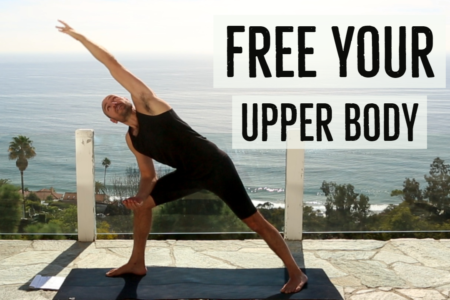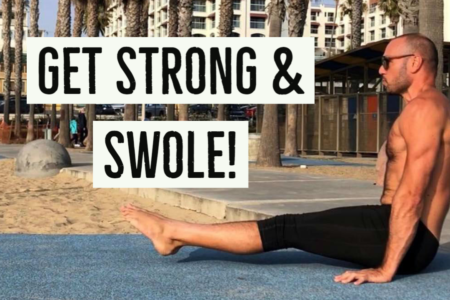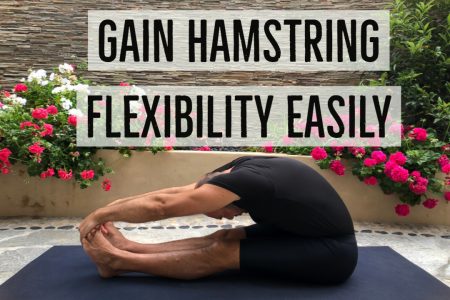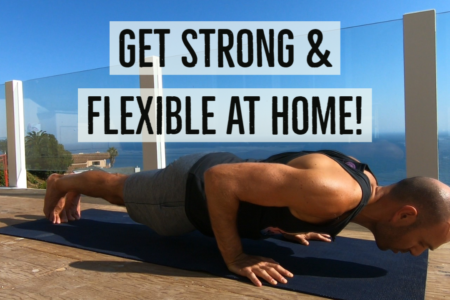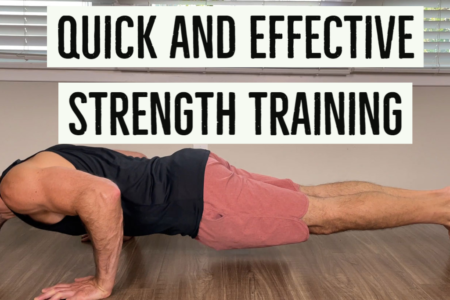When we have blood coming in from the atria, an atrial contraction is going to try to really squeeze all the blood, including the last bit of it so that the ventricles are very, very full so that you could be more efficient. Over the course of a day this efficiency adds up.
When the two ventricles are full, they are going to contract and the blood is going to go the only way it can, to the vessels above. When the blood goes up, the blood is going to try to push back down due to gravity but because the shape of the tricuspid and bicuspid valves are somewhat like umbrellas, when the blood pushes up against them, it closes them shut. When the ventricles are done contracting, the atrioventricular valves relax and that takes the pressure away cause of the blood that was just pushed into the vessels. There is a tendency for the blood to fall back down, but because of the shape of the semilunar valve, the valves hit each other and so that’s your second sound from your heart beat.
The Fibrous Skeleton
This particular view below slices the heart at the level where you could see all of those valves, from the top and looking in to get a view of the arrangement of these cusps. Observe the tricuspid valve with its three cusps/cups. And the right side (left anatomically) is the mitral bicuspid valve. You see the aortic valve and pulmonary valve don’t really look like half moons, they look like pies but we can’t call them the aortic pie slice, so anyway, that’s what they are.
You could see encircling each valve, is pretty dense connective tissue and that’s on purpose because the valves have to withstand quite a bit of pressure over a course of a lifetime. Blood is constantly swishing past by and when the ventricles contract, the valves end up getting slammed shut and so this very dense fibrous tissue has to keep the shape of the valves and anchor the cusps. It also prevents overdilation meaning it prevents them from getting too stretched out. Also another concept is that the fibrous tissue helps block the spread of electrical impulses. We’re going to have impulses running all over the heart but we want the direction of the impulses to be very specific so everything moves in the right direction. So at certain points the spread of electricity gets blocked by this fibrous skeleton so the electricity is not going every which way.
Use this Table of Contents to go to the next article
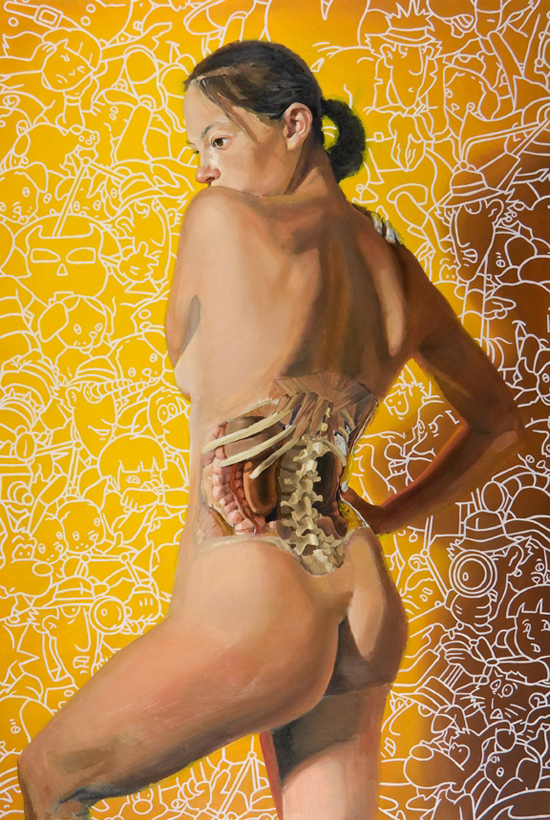
YOU ARE HERE AT THE CARDIOVASCULAR SYSTEM
